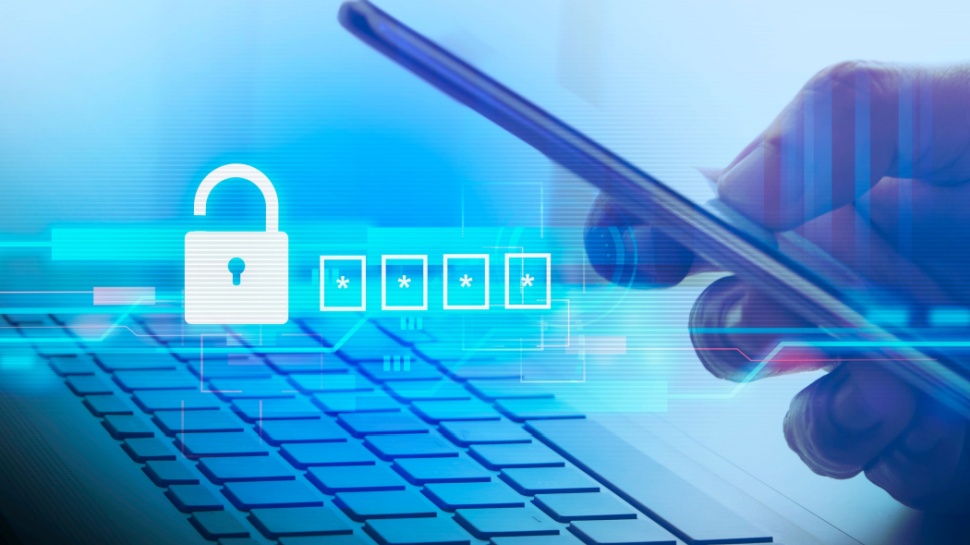NCSC gets influencers to sing the praises of 2FA
Can influencers help keep your account secure?

- Influencers are being used to share 2FA messaging in the UK
- The NCSC is using social media to help protect against fraud and scams
- Social media accounts are sharing comedy sketches and informative videos
The UK’s National Cyber Security Centre has turned to influencers to spread the word on the importance of two-factor authentication through the power of social media.
The campaign forms part of former prime minister Rishi Sunak’s 2024 Stop! Think Fraud initiative that seeks to spread awareness for online fraud and scams.
Comedians and personal finance influencers have been putting together sketches and advice videos to share on social media with the aim of both entertaining and educating
2FA goes viral
One sketch by thesquidvids sees a group of criminals attempting to hack into an account, with all the classic hacking movie theatrics such as Matrix-esque code tumbling down the screen, and incorrectly used tech idioms including “dropping a logic bomb” and “copying the blockchain.”
The sketch even sees the group successfully guess a password that uses the NCSC’s Three Random Words guidance to craft a secure password (in this instance ‘BulldogSlapheadJalfrezi47?’) with two numbers, a mixture of upper and lowercase letters, and a special character.
However, the group is stopped in their tracks when they encounter a 2FA prompt, with one of the criminals saying “As long as he's got two-step verification we're not getting any further, I don't think.” and the other responds, “Fair enough. I guess that's the end of the film really.”
An NCSC spokesperson told The Register, “To boost public awareness about the crucial benefits of enabling two-step verification on their most important accounts, we've partnered with popular social media influencers to amplify this vital message and encourage a wider audience to adopt secure online habits.”
Two-factor authentication and multi-factor authentication are ways to make accounts more secure. It works by having a code sent to a separate device when logging in that must be entered before access is granted. Biometrics, such as a finger print or facial recognition scans are also used, as well as dedicated authenticator apps.
Sign up to the TechRadar Pro newsletter to get all the top news, opinion, features and guidance your business needs to succeed!
You might also like
- These are the best password managers
- Take a look at our guide to the best cloud storage
- Most businesses are now fully embracing AI - but aren't always protected against the risks

Benedict has been with TechRadar Pro for over two years, and has specialized in writing about cybersecurity, threat intelligence, and B2B security solutions. His coverage explores the critical areas of national security, including state-sponsored threat actors, APT groups, critical infrastructure, and social engineering.
Benedict holds an MA (Distinction) in Security, Intelligence, and Diplomacy from the Centre for Security and Intelligence Studies at the University of Buckingham, providing him with a strong academic foundation for his reporting on geopolitics, threat intelligence, and cyber-warfare.
Prior to his postgraduate studies, Benedict earned a BA in Politics with Journalism, providing him with the skills to translate complex political and security issues into comprehensible copy.
You must confirm your public display name before commenting
Please logout and then login again, you will then be prompted to enter your display name.